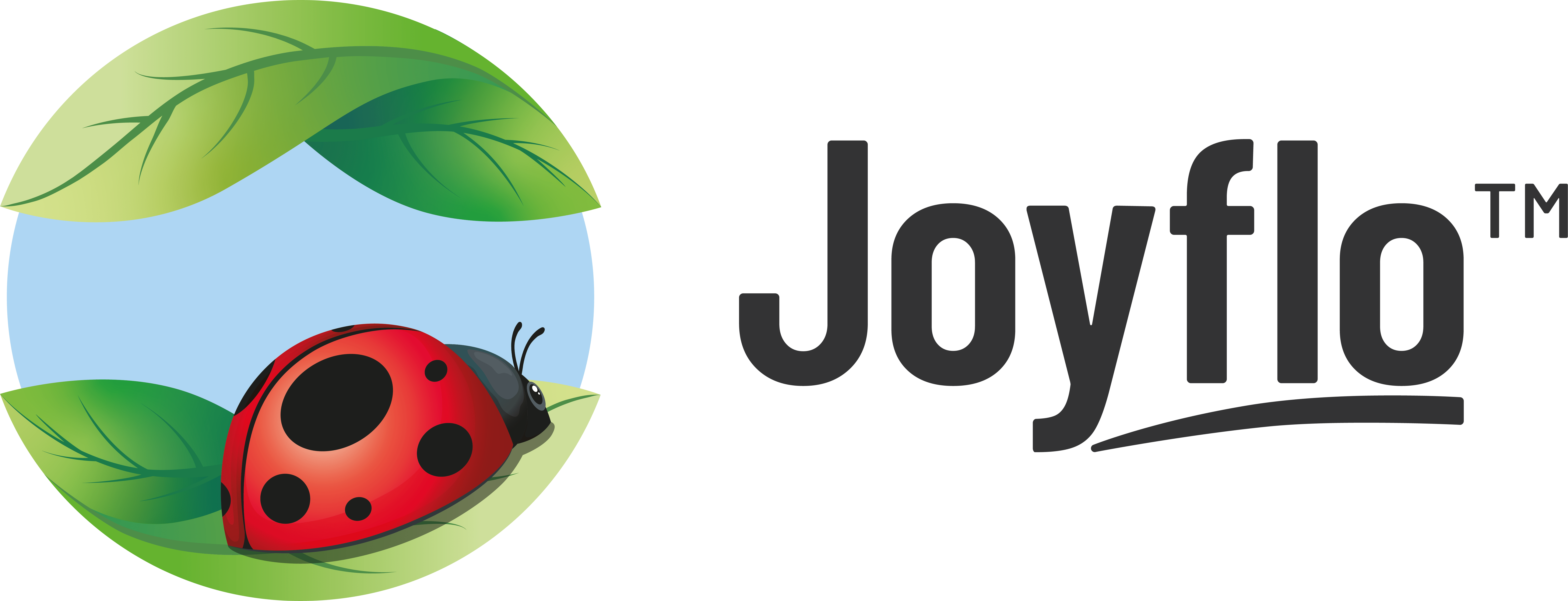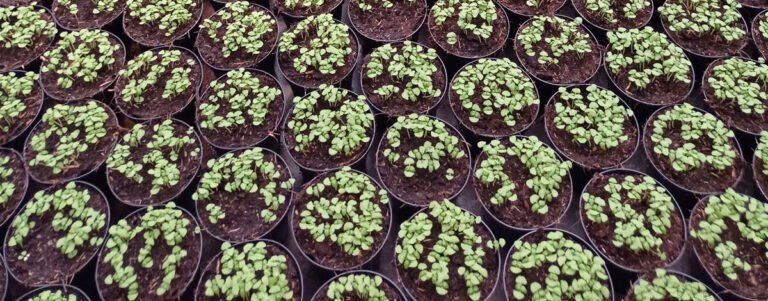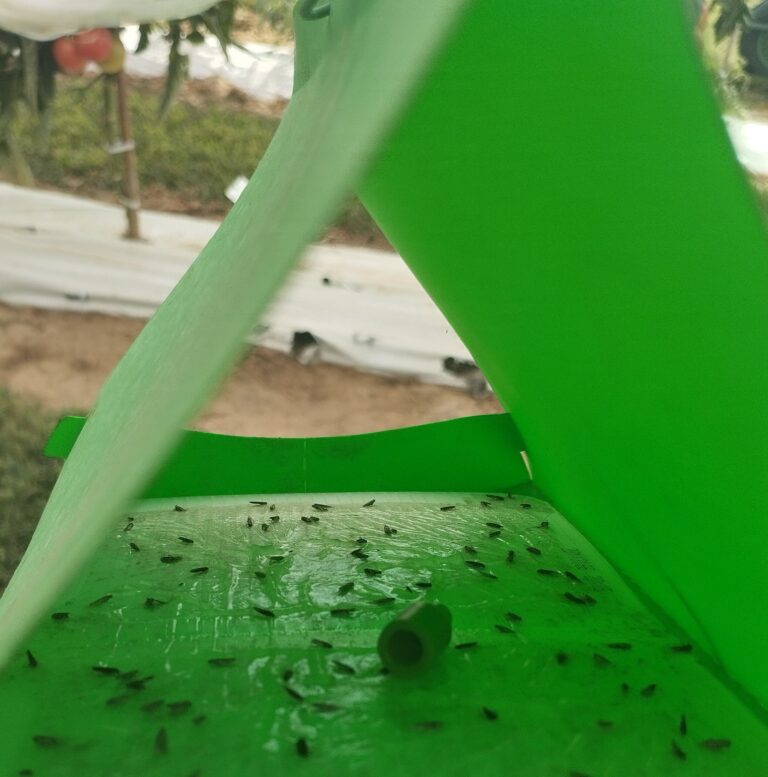What it’s about
You may have read the term “Insect friendly plants” in a book, on the web or during a visit to a nursery, but what exactly does it mean? Let’s try to find out together. Many insects such as bees, bumblebees, beetles, butterflies and hoverflies need nectar as a source of nourishment and therefore energy to fly or find a nest, as well as pollen, a source of protein for example for bee larvae, then traveling from flower to flower, and at the same time pollinate them to allow their fertilization. Then it will take place the formation of the fruit and from this the production of seeds, thus performing a fundamental ecosystem service considering that many plants depend on bees or other pollinators to survive.
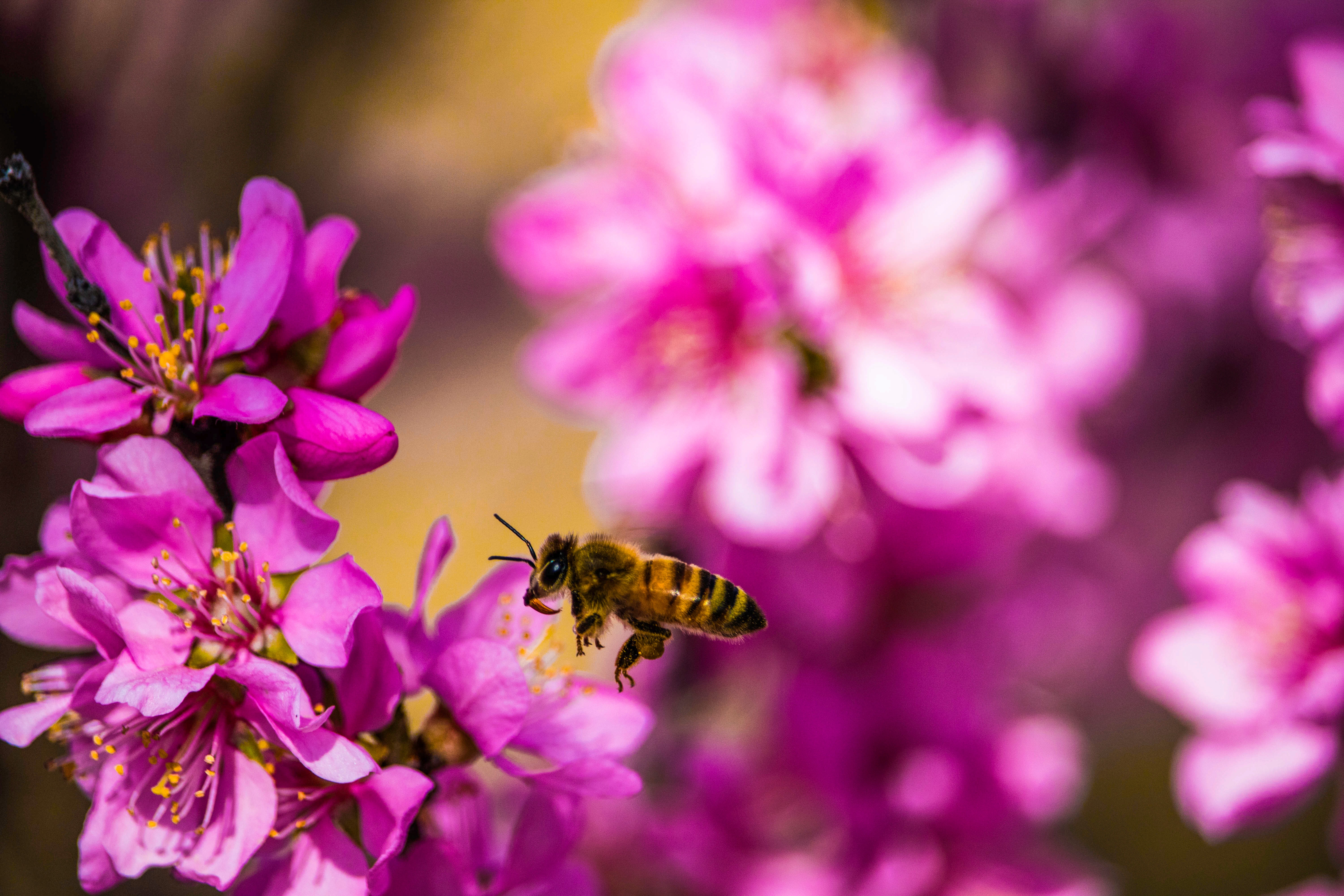
Therefore, creating a favorable habitat for these insects in our garden, balcony, or in an urban area allows them to find what they need and therefore to thrive, preserving the biodiversity of the place and the sustainability of the ecosystem itself, furthermore these small creatures will help the plants in our garden to flourish! Many bees, butterflies and other pollinating insects have been seriously damaged in the last fifty years just by changes in land use outlined by significant urban expansion, thus reducing the sources of nectar and pollen, as well as by the excessive use of pesticides in agriculture, horticulture and floriculture.
Recreating oases of biodiversity
But what we ca do to preserve and protect these insects so important for all humanity? Our terraces and gardens, even the smallest, can become a refuge, hosting a large variety of pollinators if they have suitable plant species, for example those with scented flowers. Furthermore, it is important to leave a source of water available for them and avoid, where possible the use of chemical products for plant protection for example adopting biological control with useful insects such as ladybugs, excellent to have in the garden as they keep the populations of aphids under control, avoiding to damage our plants and often carrying viruses. If we were lucky enough to have a vegetable garden then we would try to apply intercropping between ornamental and horticultural species to ensure greater sustainability. And why not place a refuge or nest for insects in our green area, the so-called bug hotel, which will arouse the attention and curiosity of our babies and also giving the opportunity to observe bees and butterflies engaged in pollination work during spring and summer?
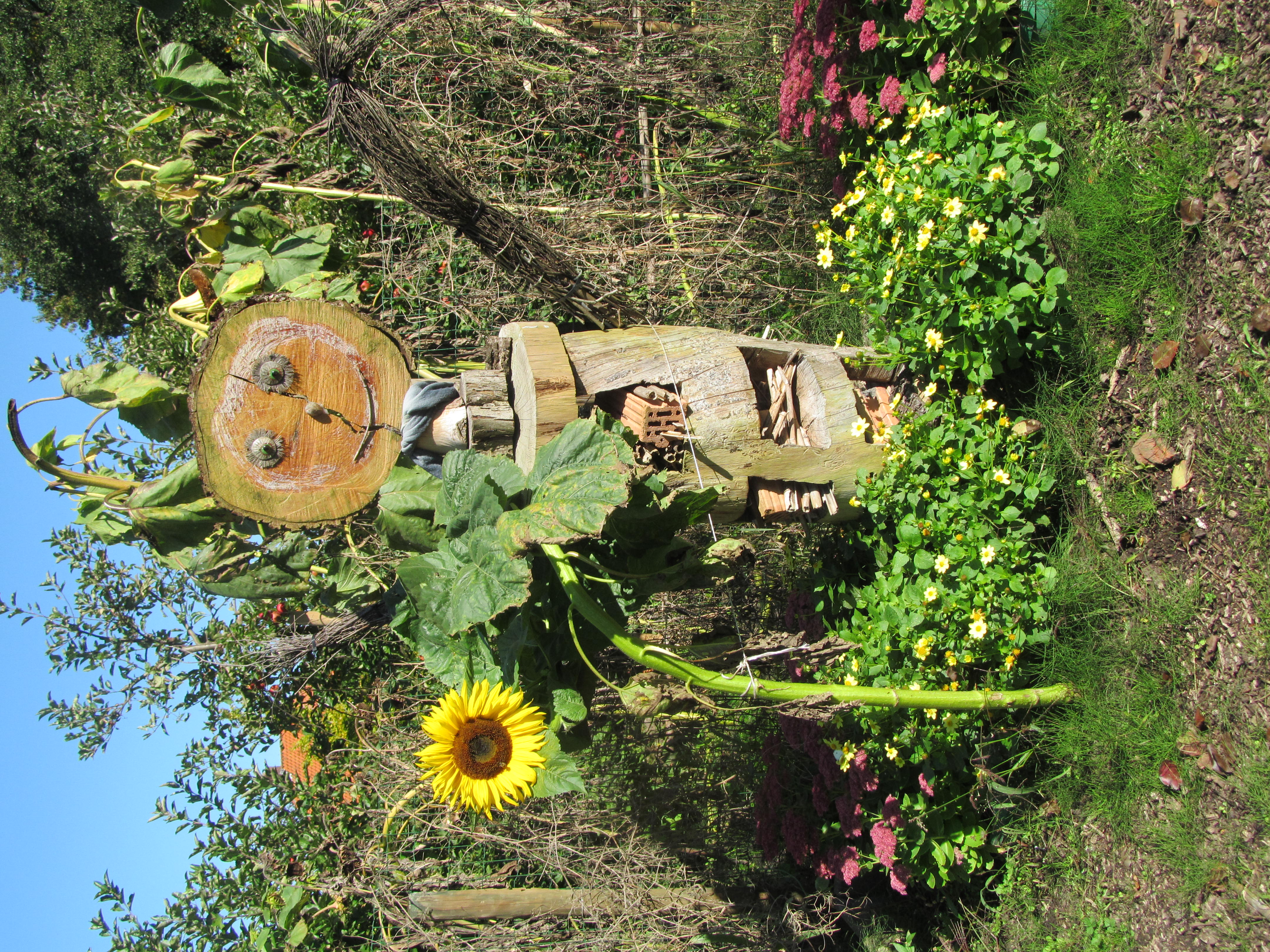
The most suitable plant species
But now the question arises spontaneously: what are the most suitable plant species, i.e. what are insect friendly plants? To give bees, butterflies and other pollinators, which play a key role in the life cycle of plants, the best chance to thrive, it is important to grow flowers from late winter to autumn. We can start planting, during the autumn season, spring flowering bulbs such as anemones, crocuses, fritillaries, hyacinths, daffodils and muscari which, in addition to decorating and giving a scenographic touch to our green spaces, will help some bumblebees and bees that begin their life cycle as adult in February. How can we not mention Buddleja Davidii, so loved by butterflies that it is called the “butterfly shrub” with inflorescences that give off a sweet honey or vanilla fragrance? Also perfect are aromatic or medicinal species such as Lavandula angustifolia and Salvia officinalis, rich sources of nectar throughout the summer period the former and spring the latter, or Rosmarinus officinalis and Thymus vulgaris favored by pollinators, or even Calendula officinalis which is also very useful in the vegetable garden.
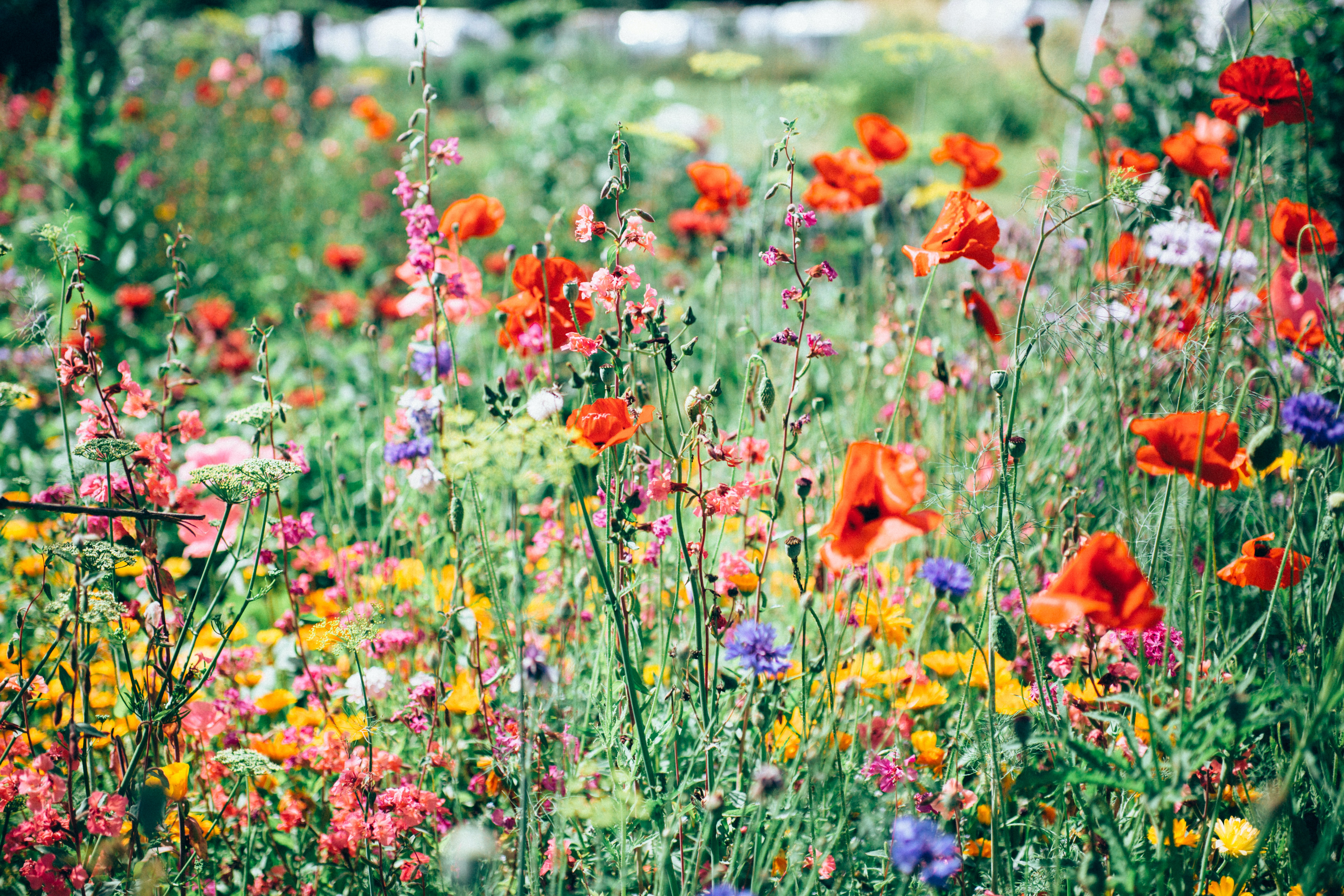
Another recommended species is Monarda didyma, an aromatic herbaceous plant commonly called Bee Balm with spectacular blooms from mid-spring to the end of summer, and Echinacea purpurea, a melliferous perennial with long stems bearing large daisy-shaped flowers at the top with bright color shades. Some varieties of Dahlia can be very appreciated by pollinator insects and also Digitalis purpurea, with raceme inflorescence and bell shaped flowers or Nepeta cataria, herbaceous perennial very suitable by cats! If you have a flowerbed or a corner of a balcony exposed to full sun that you want to enhance while helping pollinating insects at the same time, then Lantana camara is for you, with its elegant head bright inflorescences it will become an attractive focal point. Among the shrubs, how can we not mention roses, whose single-flowered varieties are often insect friendly, honeysuckle (Lonicera caprifolium), excellent for bees or butterflies and a source of nectar also for moths attracted by the intense evening scent of the flowers, or even the common hawthorn (Crataegus monogyna) which flowers in late spring while the strawberry tree (Arbutus unedo) and the larkspur (Viburnum lantana) are both melliferous shrubby plants with winter flowering.
There are also tree species that are sources of nourishment for pollinating insects such as Aesculus hippocastanum, Castanea sativa, Robinia pseudoacacia and Tilia cordata, and let’s not forget fruit plants including red fruits such as raspberries.
Anyone who has a garden with a lawn full of wild herbs such as yarrow, sainfoin, common balm, clover, Sulla sweetvetch and others can help to maintain this natural habitat, which is so important for the life of pollinating insects, leaving the blooms available to them and reducing the number of cuts.
Now all we have to act because even the simplest and smallest measures can safeguard ecosystems by preserving their biodiversity thanks to the activity of insects and their symbiosis with plants that are so important for our future.
